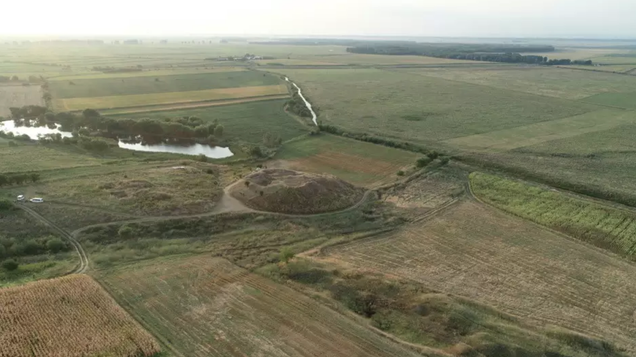Researchers poring over genomes of people who lived during the Copper Age have found older cultural contacts between ancient groups than previously known.
The early contacts—about a millennium earlier than expected—may clarify when technology and cultural exchanges occurred between groups in the North Caucasus and the northwestern edge of the Black Sea. The team’s research was published today in Nature.
“The surprising finding was that the genetically mixed signatures were already homogenized in the region around Odessa in the 4th millennium BCE, which indicates that contact and genetic exchange must have occurred over a good number of generations already,” said Wolfgang Haak, an archaeogeneticist at the Max Planck Institute for Evolutionary Anthropology and a co-author of the paper, in an email to Gizmodo.
The researchers scrutinized genetic data from 135 individuals who lived between 5400 BCE and 2400 BCE, a time period that includes the late Neolithic and the entire Copper Age. There were plenty of innovations bubbling around Eurasia at the time: metallurgy, the domestication of the horse, and the literal invention of the wheel among them.
Around 3300 BCE, steppe pastoralists expanded their footprint from the Eurasian steppe. Steppe ancestry from this time is generally considered a genetic mixture of hunter-gatherer groups from Eastern Europe and the Caucasus. Previously, a group of researchers including Haak identified the North Caucasus as one of the regions where farmers and pastoral grazing populations would have interacted.
The new work builds upon those findings, pushing back the dates at which such farming populations and grazing groups would have swapped ideas and, evidently, genetics.
It’s the latest work in a flurry of research papers that have significantly reshaped our understanding of population migration and interaction across Eurasia during the Neolithic, Copper, and Bronze Ages. Last year, a trio of papers in Science revealed aspects of cultural exchange in the Mediterranean and the Fertile Crescent; this year, a different group of researchers used skeletons found in a shipwreck to glean insights into the cultural makeup of Vikings.
Geneticists can now study the life history of a single ancient individual in the same way that they can map mixture between entire populations, a vast improvement compared to the type of genetic analysis that could be made just a few decades ago. Look no further than the ”human family tree” mapping over 27 million individuals for proof of that.
“The real advance is that with more data and a thorough integration of the archaeological and anthropological context we will be able to produce a much more nuanced view of human prehistory than the broad-brush strokes we started out with 10 years ago,” Haak said.
New remains will be discovered and analyzed, and old bones will be revisited with new technologies at scientists’ disposal. Stories of ancestors that once would’ve been limited to word of mouth can now be told with their bones. For science, that’s a very good thing.
